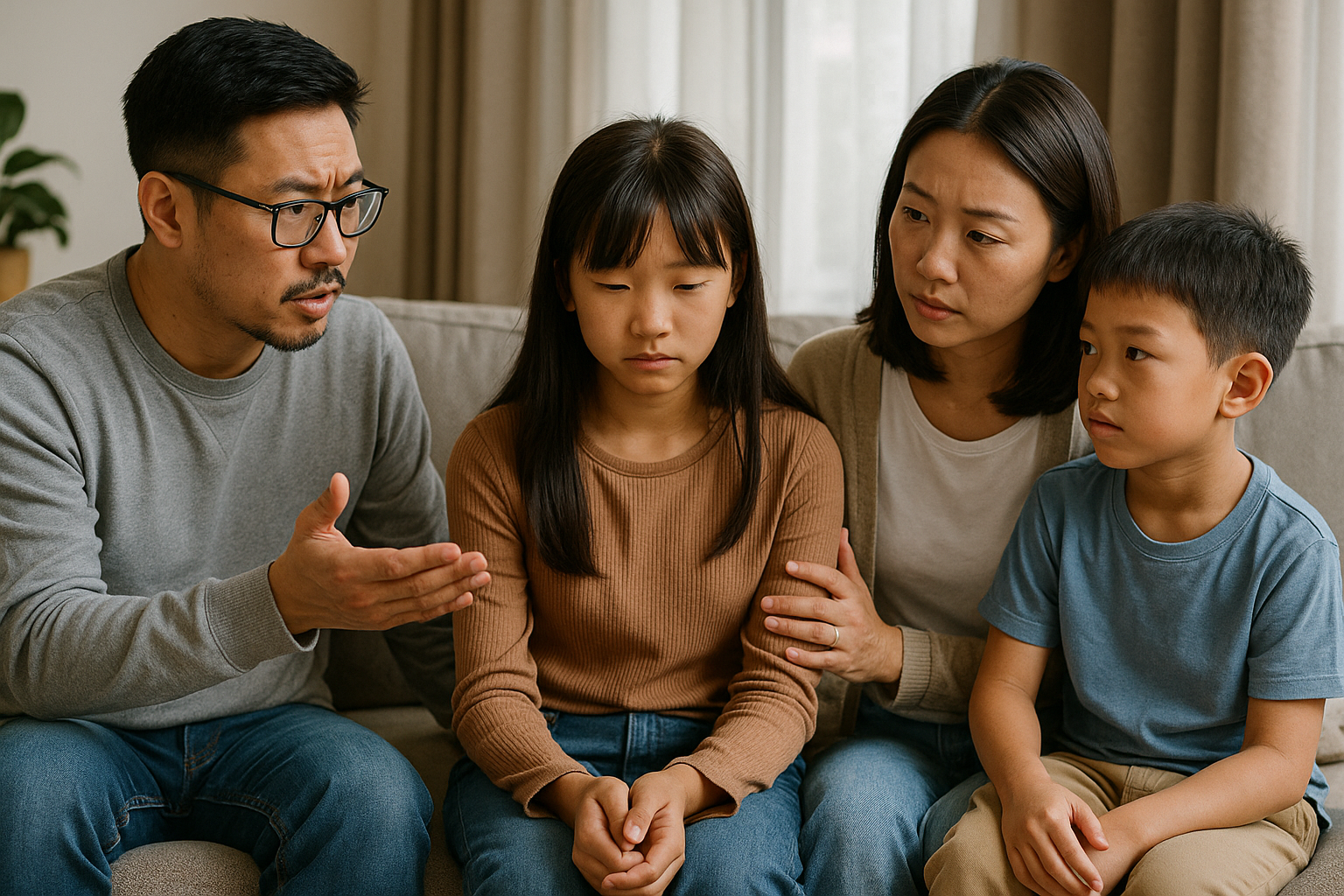Frustration is a natural part of life — for both children and adults. For kids, however, it can feel overwhelming. Whether it’s losing a game, struggling with homework, or hearing “no,” frustration often triggers meltdowns, tears, or withdrawal.
But here’s the good news: frustration can be a powerful teacher. When children learn to navigate it, they build resilience, problem-solving skills, and emotional intelligence. In this article, we’ll explore why frustration happens, how to support your child through it, and practical strategies for helping them cope in healthy, constructive ways.
Why Kids Struggle With Frustration
Children aren’t born knowing how to manage big emotions. Their brains — especially the prefrontal cortex, which handles impulse control and problem-solving — are still developing. This means:
- They feel frustration intensely.
- They lack the words to explain what’s wrong.
- They rely heavily on caregivers to help regulate emotions.
What feels like an “overreaction” to adults is often simply a child’s way of saying: “This is too big for me to handle alone.”
The Role of Frustration in Growth
It’s tempting to shield children from every challenge, but frustration isn’t always bad. It teaches:
- Persistence: Learning to keep trying even when things are hard.
- Flexibility: Adapting when things don’t go as planned.
- Problem-Solving: Finding solutions when obstacles arise.
- Emotional Regulation: Understanding and calming intense feelings.
When handled with support, frustration can become a stepping stone to resilience.
Recognizing the Signs of Frustration
Children express frustration in different ways:
- Tantrums or emotional outbursts
- Withdrawal or shutting down
- Angry words or blaming others
- Physical reactions like clenching fists or stomping
Recognizing these signs early allows you to step in before emotions escalate.
How to Support Your Child in the Moment
1. Stay Calm and Grounded
Your reaction sets the tone. If you escalate, so will they. Take a deep breath and model composure.
Say:
“I can see this is really frustrating for you. I’m here to help.”
2. Validate Their Feelings
Avoid minimizing or dismissing. Phrases like “It’s not a big deal” only add to the frustration.
Instead, say:
“I get it — you worked hard, and it didn’t go the way you wanted. That feels really hard.”
Validation doesn’t mean agreeing; it means acknowledging their emotional reality.
3. Offer Physical Comfort (If They Want It)
A hug, hand squeeze, or gentle touch can provide instant calming cues — especially for younger children.
4. Guide Breathing or Grounding Exercises
Simple calming techniques can help:
- Deep belly breathing: “Smell the flowers, blow out the candles.”
- Squeezing and relaxing fists.
- Naming five things they can see/hear/feel in the room.
This shifts them from emotional overload to a more regulated state.
Teaching Long-Term Coping Skills
1. Name and Normalize Emotions
Help them identify frustration:
- “It seems like you’re feeling stuck.”
- “You’re upset because it didn’t work out the way you wanted.”
Normalize it: “Everyone feels frustrated sometimes. It’s part of learning.”
2. Break Problems Into Small Steps
Big challenges feel impossible when you’re overwhelmed. Teach your child to break tasks into smaller, more manageable actions:
- “Let’s just focus on the first part of your homework.”
- “We’ll try building the first section of the puzzle together.”
3. Encourage a Growth Mindset
Help them see failure as feedback.
Say:
“It didn’t work this time, but now you know one way that doesn’t work. What can we try next?”
4. Create a “Calm-Down Plan”
Develop a personalized set of tools for when frustration hits:
- Quiet corner or cozy space
- Calming music or sensory toys
- Breathing exercises
- Drawing or journaling
Having a plan empowers them to self-regulate.
Modeling Healthy Frustration Management
Children learn emotional coping by watching you.
Model this by:
- Talking about your feelings: “I’m frustrated that traffic is slow, but I’ll take deep breaths.”
- Showing problem-solving: “This recipe didn’t work, but I’ll try a different one next time.”
- Apologizing if you lose patience: “I got upset earlier, but I’m working on calming down.”
When to Step Back
Sometimes, children need space to cool down before they can engage. If they push you away, let them know:
“I’ll give you some time. I’m here when you’re ready to talk.”
Respecting their boundaries builds trust.
Avoiding Common Mistakes
- Don’t rescue immediately: Fixing everything denies them the chance to problem-solve.
- Don’t shame them: Phrases like “Stop being dramatic” hurt emotional growth.
- Don’t overpraise: Focus on effort and strategies, not just “being good.”
Age-Appropriate Approaches
Toddlers:
- Use simple words for feelings: “You’re mad because we left the park.”
- Offer physical comfort and distraction.
Preschoolers:
- Teach breathing exercises through play.
- Use books or stories to talk about frustration.
School-Age Kids:
- Involve them in problem-solving: “What could we do differently next time?”
- Encourage journaling or drawing their feelings.
Tweens/Teens:
- Give them space to cool off before discussing solutions.
- Validate their complex emotions without judgment.
Final Thought: Frustration as a Path to Resilience
Frustration isn’t something to fear or eliminate. It’s a teacher — one that helps children grow stronger, braver, and more resourceful.
When you stay calm, validate their feelings, and guide them toward problem-solving, you’re not just helping them through a hard moment — you’re shaping how they’ll handle life’s challenges for years to come.
Because the goal isn’t to remove frustration — it’s to help them transform it into growth.
